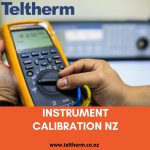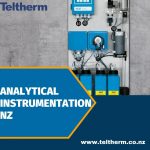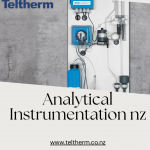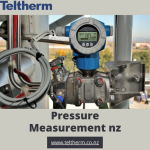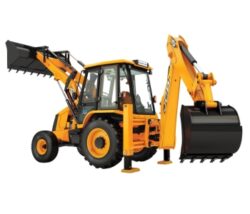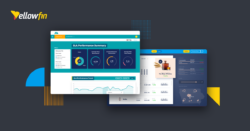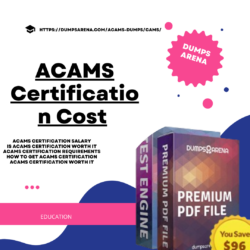Mastering Analytical Instrumentation Techniques is the Secret to Precision
Hello and welcome to the realm of analytical instrumentation methods, where accuracy is crucial! Mastering these approaches can make all the difference in producing accurate and dependable results, whether you’re a scientist in a research lab or an engineer on a production line. There are many tools available to you, ranging from temperature sensors in New Zealand to instrument calibration and flowmeters. But how can you decide which approach will best suit your unique requirements? In this blog post, we’ll examine the various types of analytical instrumentation techniques that are available, go over their benefits and drawbacks, and offer some advice on how to choose the best one to boost your work’s precision. So let’s get started and learn the secrets of these potent tools!
The Various Analytical Instrumentation Methods
Analytical instrumentation techniques cover a broad range of instruments and procedures that are used to measure, examine, and keep track of numerous parameters in a variety of domains. Let’s examine a few of the most widely utilized methods:
1. Temperature sensors: These sensors are made to monitor temperature precisely in a variety of applications. Temperature sensors are essential for guaranteeing ideal conditions in a variety of operations, from industrial ones to scientific ones. There are several popular varieties, including thermistors, resistance temperature detectors (RTDs), and thermocouples.
2. Instrument Calibration: Instrument calibration is crucial to preserving the precision and dependability of analytical instruments. It entails comparing measurements made by an instrument to accepted standards in order to spot any faults or variances. Consistent performance and traceability are guaranteed by routine calibration.
3. Flowmeters: Measurement of flow is essential in a variety of sectors, including the oil and gas industry, wastewater treatment, and the pharmaceutical industry. Flowmeters give precise flow rate data, enabling effective process control and optimization.
Positives and Negatives of Each Technique
In New Zealand, there are various possibilities for analytical instruments, each with advantages and disadvantages of their own. Let’s look more closely at some of the most popular tactics and what makes them special.
The method using temperature sensors comes first. This technique makes it possible to detect temperature precisely in a variety of applications. High accuracy, sensitivity, and quick response times are advantages. The fact that temperature sensors can be impacted by things like physical damage or electromagnetic interference is a negative.
Instrument calibration comes next on the list. This method entails fine-tuning and monitoring an instrument’s functioning to guarantee precise measurements. The benefits in this case include increased data traceability and reliability. Contrarily, calibration can be time-consuming and demand specialist tools.
Analyzing fluids or gases in industrial processes is another common application for flowmeter technology. Benefits include real-time monitoring, great repeatability, and little maintenance needs. However, flowmeters may have problems like pressure decrease or contamination susceptibility.
Finally (sorry! ), choosing the best strategy for your unique needs requires a thorough awareness of the advantages and disadvantages of various analytical equipment techniques.
For More Info:-https://www.teltherm.co.nz/digital-pressure-gauges-auckland/

